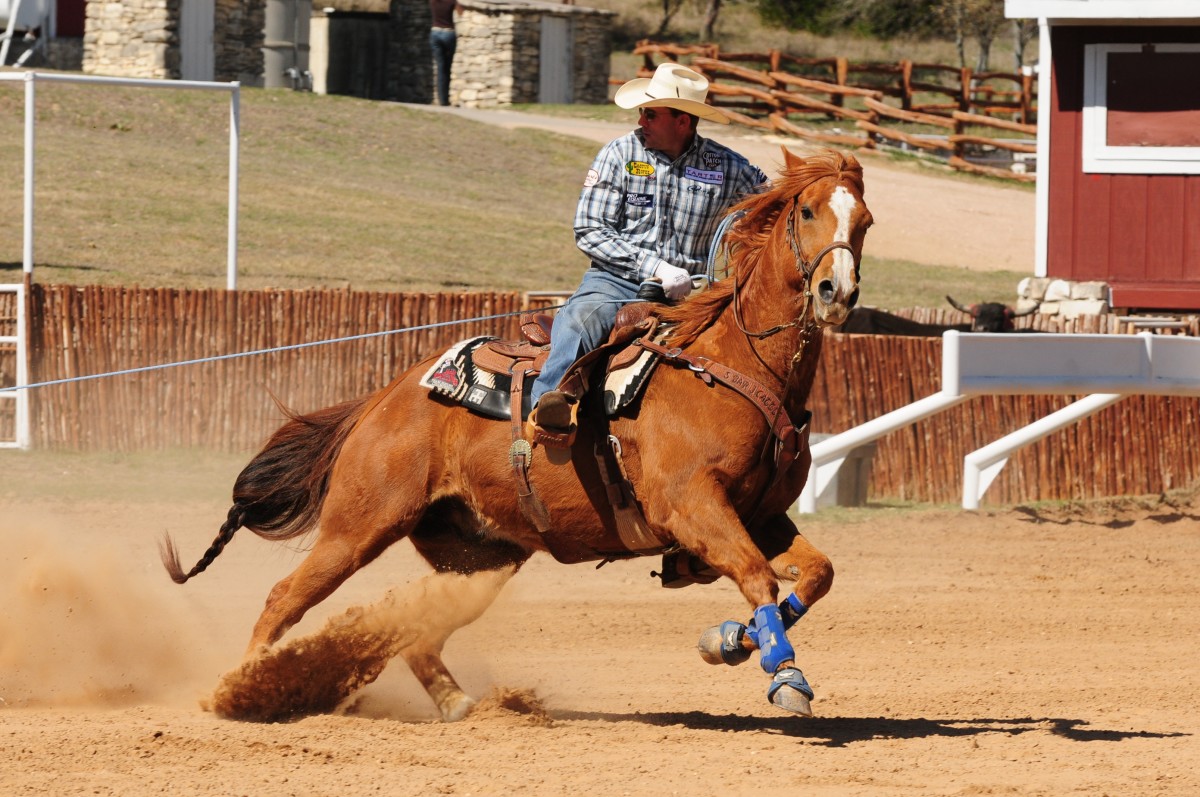Dear David,
I hear all the time about how important it is for a header to set up a run for his heeler and give a good handle. Of course, I try my best to do this every time I rope, but I think there’s more to it than I understand. How does a good header “quarterback” a run? What are the specific things you do to make your heeler’s job easier? What do you need your horse to do? Thanks for your help. I love watching you rope.
Sincerely,
Jon, Tulsa, Okla.
David Key: That’s a great question. The only way to rope consistently is for the horse to leave low and flat and basically they get out of your way to let you throw fast. Even if you rope down the pen, your horse needs to be low and running and not up in the air with his head up in your face while you’re trying to throw. If a horse leaves up in the air, whether it’s because the header is pulling on him or the horse is just rough or that’s how he’s made, it causes you to get thrown back in the saddle and makes it hard to get your swing down so you’re ready to rope. That’s the key to headers roping fast.
The second step is to rope when we know we can catch. Sometimes when we want to be fast, we’ll throw even when it doesn’t feel right, and we’ll miss because everything wasn’t set up to be ready to rope. Novices and professionals all make that mistake from time to time. There’s a spot in every run when the header knows he’s going to catch when he releases the rope. There are also times when you throw your rope and you want to catch and you think you’re going to catch, but you don’t know you will catch. That’s the second step to giving your heeler a good handle, because if you don’t catch you’re not going to give your heeler any kind of handle.
Once we catch the steer, then get the rope tight on the steer’s head and dally with the rope tight between the saddle horn and the steer. I’m starting to get the rope tight on the steer’s head. It’s almost completely tight but my horse is still going the same direction as the steer. When you get the rope tight between the horse and the steer, that’s what makes it easy to give a good handle. If there’s slack in the rope when the horse heads out across the arena, when the rope comes tight, it jerks the steer and makes him hard to heel.
Staying left of the steer when you’re roping helps make that transition easier. If you’re straight in behind the steer, there’s slack in the rope from the time you get behind the steer until you get to the left of the steer to start turning him. But if you stay left of the steer when you’re going down the pen to rope, then when you dally you’re already left of the steer so that makes that happen faster and easier. The horse are at the same angle as each other that’s important to give good handles. Once I’ve started getting the steer’s head, the horse is angling across the arena he’s not going all the way across. As he turns, the steer turns exactly like the horse does.The head horse should still be looking toward the steer as he makes the corner. That keeps him from getting his back end trapped underneath the rope. You can see in the picture how his head is still angled toward the steer, but he’s moving across the pen. A lot of headers will rein their horses to the left. When you do that, you force his butt under the rope and create slack in the rope. That’s when you get the jerk. You’re going straight across the arena and the cow is still going down the arena.
If there was a good transition, and the steer set up and didn’t make a big jerk around the corner, as soon as he sets up around the corner, the steer’s feet are together. Then keeping the steer in tow with a consistent momentum gives the heeler an easy chance to catch. Keep the steer hopping in front of the heeler.









